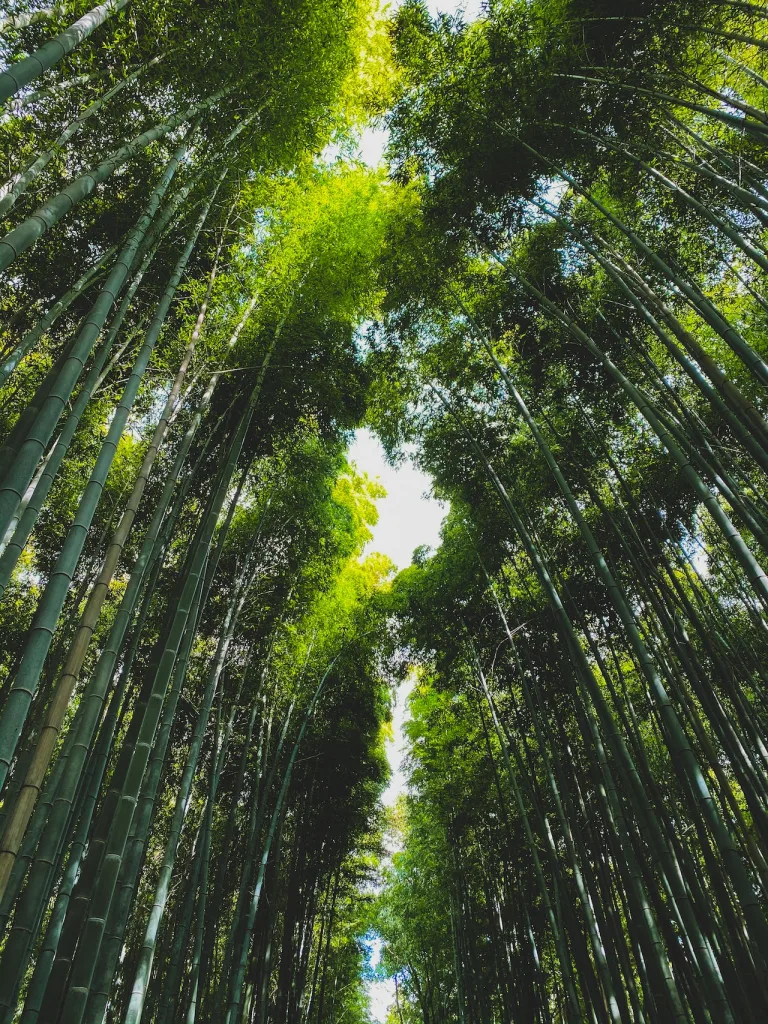Last Updated on May 14, 2024 by Ecologica Life
Today, we live in a fast-paced technology-driven world. The idea of immersing yourself in the natural world may seem like a quaint notion from a bygone era. After all, who has time for that?
Yet, the practice of forest bathing, known as skinrin-yoku in Japan, is making a resurgence around the world. People are rediscovering the profound benefits of spending time in the forest.
In this article, we’ll explore what forest bathing is, what the science says about its health benefits, and how to practice it.
Table of Contents
What is Forest Bathing?
Forest bathing is simple. It involves immersing yourself in a forest or natural environment and engaging with all your senses. It’s a personal experience, for some it may be about hiking for miles and others just sitting calmly in nature. It’s about being present and aware of your connection with nature.
Origins of Forest Bathing
While forest bathing is experiencing a resurgence worldwide, the term originated in Japan, where it was coined “shinrin-yoku” in the 1980s. The idea spread quickly, and today, people around the world are recognising its myriad benefits.
The Science Behind Forest Bathing

Forest bathing sounds like a hippie alternative trend. But are there any real benefits of forest bathing and how would it work? Fortunately, science has some answers. Scientists in Japan have conducted some interesting studies.
In one study, researchers collected blood and urine samples after a 3-day/2-night trip to a forest. Samples were collected during the trip, one week after the trip and one month after the trip. The study looked at the activity of white blood cells.
The study found that even one month after the trip, white blood cell activity was significantly increased. They compared these results with a trip to the city as a tourist, which did not increase white blood cell activity!
Research has shown that inhaling fresh forest air exposes us to something called phytoncides. These are airborne chemicals released by plants as a defence against insects. Phytoncides have antibacterial and antifungal properties. This may be one way in which our immune system is stimulated by the forest.
From what we have read, not all scientists agree on exactly how the forest atmosphere can improve health. It seems that forest environments have a positive psychological effect. We have known for some time that feeling good promotes a good immune response, which helps in reducing stress as well as improving human health. There may also be other factors at play, such as the fact that forests tend to have less air pollution, for example.
Guide to the air pollution crisis
How to Practice Forest Bathing
- Choose a natural setting: Find a nearby forest, park, or any other natural setting that resonates with you. It doesn’t have to be a vast wilderness; even urban green spaces can work wonders.
- Disconnect: Leave the gadgets behind or put them on silent mode. The aim is to be fully present in the moment.
- Engage your senses: As you stroll through the environment, pay attention to the sights, sounds, scents, textures, and even tastes around you. Feel the leaves underfoot, breathe in, touch a tree or a flower.
- Meditate and relax: Find a comfortable place to sit or lie down and meditate or simply relax. Let your mind wander as you immerse yourself in the natural surroundings.
- Practice mindfulness: Keep your focus on the present moment. If your mind wanders to your to-do list or worries, gently bring it back.
- Stay as long as you need: Forest bathing isn’t a race. Spend as much time as you feel comfortable with. It could be 20 minutes or several hours.
Forest bathing is a natural prescription for anyone looking to lower stress levels, enhance mental well-being, and reconnect with the world. Whether you’re in London, New York, Tokyo or anywhere in between, take a step back. Immerse yourself in the healing embrace of nature. Your mind, body, and soul will thank you for it.
Let us know about your forest bathing experiences in the comments.








